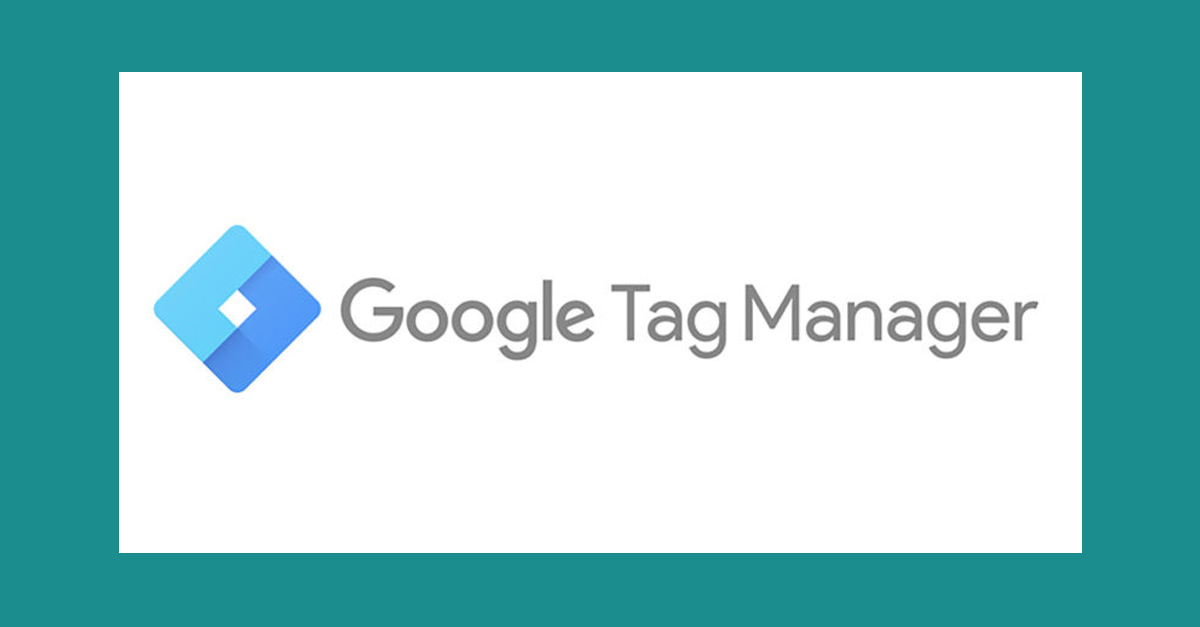How to Measure Website Performance Using Google Tag Manager
Introduction
Google Tag Manager is a tool for centralized management of tags and can be used for free of charge by anyone. It is a mechanism that allows you to move multiple tags required for tools such as Google Analytics and listing ads registered on the administration screen via installation tags embedded in HTML
Since you can also set which tag you want to move on “which page” from the management screen, if you embed tags for installation on all pages of the website, you can set the tags of various tools to the page you want to operate up to the management of the management screen, you can control.
With the development of web marketing, technology for measuring various effects has developed. Meanwhile, such technologies have also led to system administrators and marketing staff managing websites increasing the burden of skill acquisition and operation.
In the past, there was a website that managed tags as an external file at once. However, it was definitely limited such as being used only for people who are bright for systems and technology by all means. However, it is the tag manager that realized it by management screen or simple screen operation.
Advantages
- Tag manager enables easy implementation of tags by just operating the administration screen. Google Tag Manager does not even have to write code for Google tags. From installation to the operation is possible without touching a complicated program called tracking code.
- If you have managed tags all at once, you can modify tags intensively to some extent. However, using the Tag Manager makes it possible to remove tags by just operating the screen, activate with specific URLs, etc.
- One can even leave a history, once you know that there is a mistake in setting tags, you can immediately return to the previous version. This enables to minimize the damage.
- When many tags are implemented, if they are organized and optimum issuance is done, there is a possibility that web page display speeds up and usability is improved. In fact, there are cases where we succeeded in speeding up more than three times.
Measure Website Performance
Google Tag Manager makes preliminary operation verification easier by utilizing the preview mode. Especially when activating conversion tags, it is a good idea to perform verification in this mode. Also, tags that you want to activate for an instant, such as an event, should be set to expand to a separate window once. Treatment that ends in a moment can also be confirmed in the preview section of the remaining screen once you run it on a separate screen.
Tags that became unnecessary after a certain period of time, such as campaign tags, will not be activated if the delivery timing is removed. The Tag Manager is a very useful tool that can manage not only Google Analytics, but also tags and scripts including ad tags.
For example, let’s say that the Google Analytics tracking code was directly written in an HTML file. Later, if you want to measure the click event of a new link, you have to modify the HTML file to execute the tracking code on one click of the link.
However, instead of Google Analytics, you’ve written a Google Tag Manager snippet in your HTML file, and Google Tag Manager has set up Google Analytics measurement settings.
In this case, even if you want to measure a new link click, it is not necessary to modify the HTML file. From the setting screen, you can easily measure clicks on <a> tag’s id, class etc condition.
Difference between Google Analytics and Google Tag Manager
Google Analytics is mainly used for tacking statistics and generating reports about the website, while Google Tag Manager is to deploy codes to a website. With the help of Google Analytics, one can track visits to its website pages and locations. It tracks how many visitors bounced off from the website.
Google Analytics event codes and tracking code, Adwords conversion script and remarketing tags will be some good examples of the tag manager. In addition to the Google Analytics tracking code and Google AdWords tags, you can also set and manage Yahoo! tags, Facebook pixel codes, etc. The tag manager is just for managing tags, and unless you can do access analysis; you cannot check the status of the site like the search console webmaster tool.
Not only Google-provided tools such as Google Analytics and Google Adwords but also all types of tools that work with JavaScript such as Yahoo promotional ads and JavaScript code are supported almost all of them.
Other Tag Manager
There are many tag managers other than Google Tag Manager.
- Yahoo tag manager
- TagKnight
- TAG Ebisu
Although Google Tag Manager and Yahoo tag manager do not differ greatly in terms of performance, there is a difference in cooperation with the company’s service.




